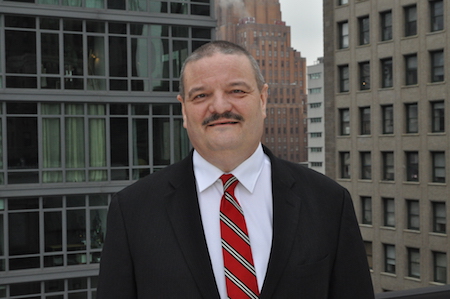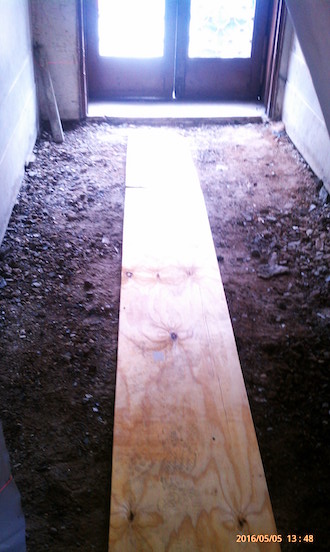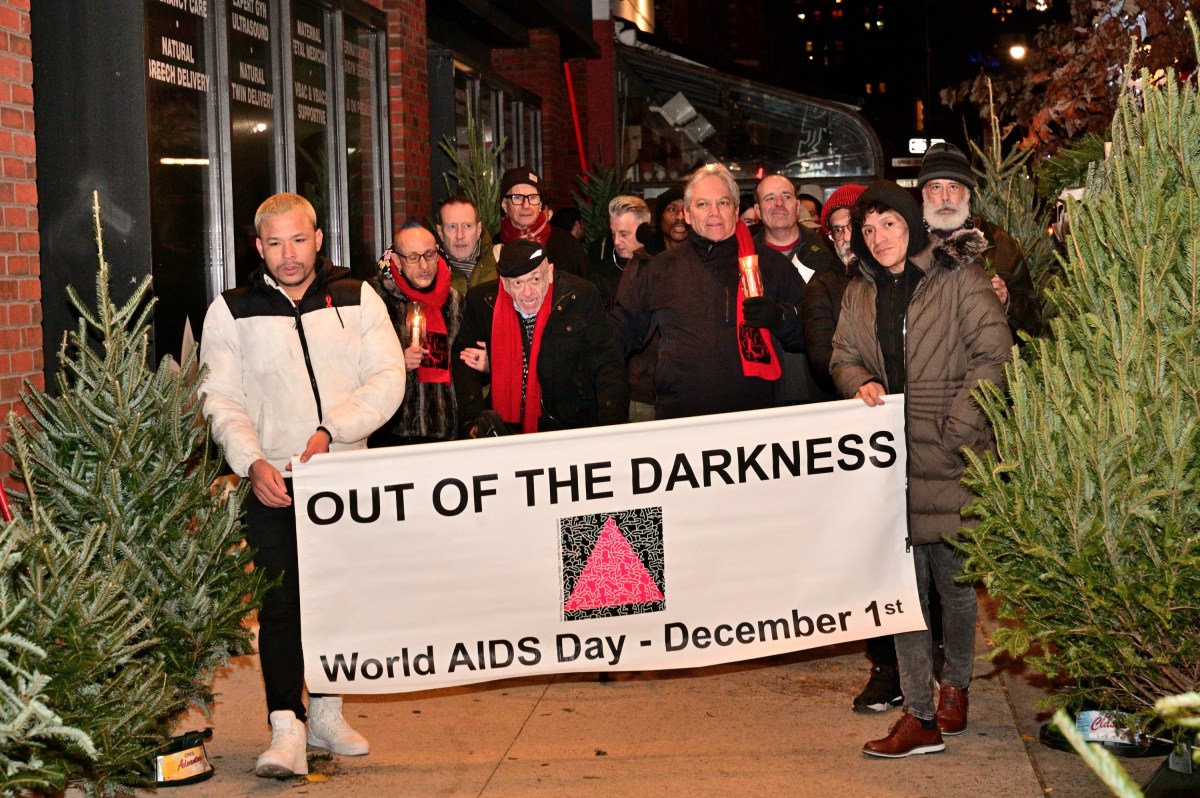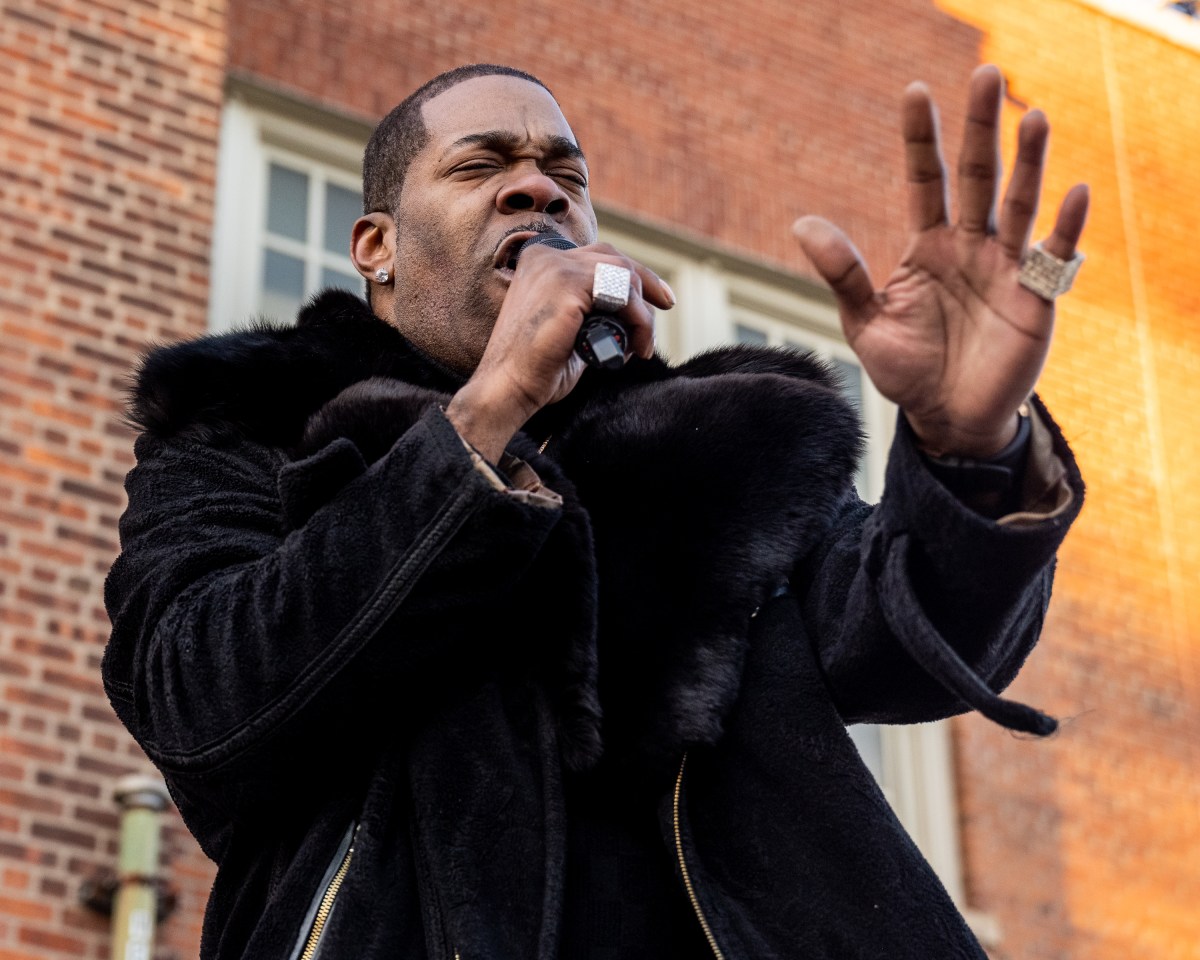
BY EILEEN STUKANE | The first week of May was Construction Safety Week in New York City — and on May 4, the city Department of Buildings held a Build Safe/ Live Safe Conference in Manhattan.
Acknowledging that the citywide building boom has occasioned an increase in construction accidents, the DOB insisted that safety is high on its list of priorities. At any given time, about 300 cranes are operating across the boroughs, and the downside of that activity has been fatalities due to crane collapses — most recently on February 5, when strong winds toppled a crane, which crashed to the ground on Worth Street in Tribeca, killing a 38-year-old pedestrian.
Among the construction safety seminars offered to the 300 Build Safe/ Live Safe attendees — a mix of architects, engineers, contractors, government regulators, and other construction professionals — one session stood out for its impact on a broader swath of New Yorkers than those affected by major construction involving cranes. “Tenant Protection” addressed the safety of those residing in buildings whose owners have undertaken significant renovations.
The discussion came in the wake of last year’s report from a Manhattan citizens’ organization, the Community & Residents Protection Working Group, exposing the practice of landlords and developers filing building permit applications claiming the structures are unoccupied, when in fact they have tenants. That misrepresentation allows renovation to go forward without the filing of a Tenant Protection Plan. Residents in such buildings often face harassment from the ensuing construction, which drive some of them out of their homes for good.
At the “Tenant Protection” seminar, the DOB spelled out the six major areas that Tenant Protection Plans must address –– egress, fire safety, health, compliance with housing standards, structural safety, and noise restrictions.
The DOB’s Tenant Protection Plan requirement dates back to 1983, and the agency, faced with many recent complaints of owners evading it, now says it is making a more concerted effort to ensure that such plans are filed when required.
According to Timothy Hogan, the DOB’s deputy commissioner for enforcement, “Tenant Protection Plans were usually recorded in the architectural plans. Now we require transparency; that a Tenant Protection Plan be filed separately so it’s visible online to people as a separate document. It’s in a virtual folder online, and tenants are able to see the folder if they bring up their address.”
That information can be found online at the NYC Building Information System.
Hogan also explained that the DOB has stepped up its enforcement efforts against owners filing false reports.

“Previously, if someone had checked the box that a building was ‘Unoccupied’ and we found out that it was ‘Occupied,’ he was allowed to re-file the documents and make a correction,” he said. “Now we write ECB [Environmental Control Board] violations, DOB violations, and, in some instances, criminal summonses against the people who false file. We’ve changed our posture on that.”
The DOB is also working with the State Department of Homes and Community Renewal (DHCR) to identify rent-stabilized residential units and provide them with protection against landlord construction harassment.
“When we get applications that come in that affect those buildings, we look at them with more scrutiny to make sure we don’t have an issue going on there, falsifying the documents,” Hogan said.
Though the DOB is working on a stronger digital linkage to DHCR, Hogan cautioned, “We’re not there, but it’s coming.”
The DOB is also coordinating with the city’s Department of Housing Preservation and Development on enforcement efforts.
“On a weekly basis we go out to [a] select group of buildings where we believe there is construction going on that is either questionable as far as a tenant harassment situation or there are HPD concerns based on their inspections that work is going above and beyond what’s allowed on permits, or permits were not handled properly,” Hogan said. “In the last two years, we’ve been to 514 of those questionable buildings and we’ve issued over 1,900 violations and over 100 stop-work orders. That’s been a very proactive task force that is being run between HPD and DOB.”
Hogan said he has also conducted outreach to the New York City Bar Association to speak with attorneys representing contractors, builders, co-ops, and condo boards about the problem of falsified building permit applications.
DOB Commissioner Rick Chandler last year announced that Mayor Bill de Blasio’s Building One City blueprint for transforming the DOB would include the hiring of new enforcement inspectors. Hogan confirmed that the number of enforcement inspectors has increased and will keep growing through 2017, with total staff increased by 100.
If a tenant discovers that a required Tenant Protection Plan is missing, they can call 311 or file a complaint online at www1.nyc.gov/311.
Asked whether inspectors would investigate unannounced, Hogan responded, “If we receive a complaint, it is normally registered online, so the owner of the building may know a complaint is pending in relation to a tenant issue. It depends on whether we get there quickly or whether it takes a little longer. Each time varies. If we have a specific property that we’re looking at because there’s an issue related to tenant protection, then we go out and inspect unannounced –– just show up.”
Some tenant activists are skeptical of that can-do claim. Brandon Kielbasa, one of the organizers of Stand for Tenant Safety, a citywide coalition of community organizations dedicated to protecting tenants subjected to landlord harassment by construction, is concerned about the DOB’s reaction time.
“We welcome the improvements that DOB is trying to incorporate,” said Kielbasa. “I’ve seen some improvement and that’s great, but we really need to shift toward faster response times. I don’t see a vast change from where I’m at. Putting Tenant Protection Plans online is fine, but the reality is that bad-acting landlords falsify their permits, put whatever they need to in the Tenant Protection Plans, and then they go and do whatever the hell they want to in their buildings. We really do need expedited enforcement efforts.”
Kielbasa said City Council action is required on Brooklyn Councilmember Stephen Levin’s Real Time Enforcement bill. The measure is part of a 12-bill package of legislation the Council began reviewing last September. It would create a Real Time Enforcement Unit in the DOB responsible for enforcing the construction codes regarding any complaints from occupied dwellings about work done without a permit or if renovation work involves more than 10 percent of the building. The Real Time Enforcement Unit would be authorized to issue violation notices and stop-work orders. The DOB would be required to publish an annual report on the unit’s effectiveness.
“When we’re at hearings with the DOB, testimony from them says that Real Time Enforcement would be difficult for them to incorporate in some way,” said Kielbasa. “What we see too often with DOB is that they get out there, not often enough, and very frequently too late. Real Time Enforcement is a robust solution to that issue of them not getting out on time during mass gut renovation construction.”
He spoke of a tenant who filed a complaint with 311 about a construction crew working on Saturdays without permits. The DOB inspector did not come until two weeks later –– on a weekday –– and reported that no work was being done.
Kielbasa also talked about the demolition of the lobby floor in a nine-story building on Second Avenue without any notice to tenants, who “came downstairs to find the length of the lobby a pile of stones basically, with no precautions, nothing for the people, and many were seniors or people with mobility issues, since they had lived in that building for decades.”
A city councilmember’s intervention allowed residents to expedite a DOB complaint, Kielbasa said, “but not everyone has that. We feel that tenants in a lot of neighborhoods need legislation. The agency needs enough robust capacity and the right tools to make the situation that I’m talking about not a problem for people.”
During the “Tenant Protection” seminar, the DOB’s Hogan expressed a strong commitment to curb such abuses.
“We’re going to continue to upgrade our technology in the infrastructure that we have as part of our Building One City plan,” said Hogan, asserting, “In doing so, we’ll be able to better enhance our efforts to crack down on individuals who engage in harassment by construction.”
Alexander Schnell, a DOB spokesperson, urged any resident registering a complaint to 311 to make a record of the reference number they receive.
“Then they can follow up on the NYC Building Information System,” he said. “They can go on, they can look at their complaint in the system. The reference number will be right there.”




































